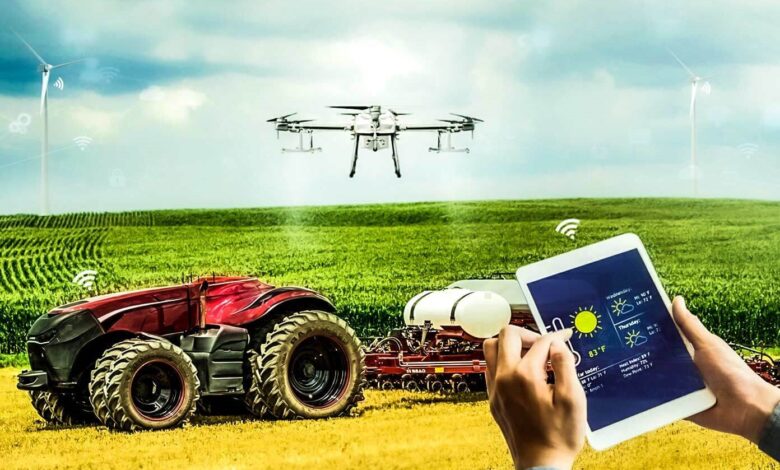Rwanda: Govt Urged to Leverage Agric Technologies to Feed Growing Population

Rwanda’s population is estimated to have increased by six times within the last five decades, but, land remained the same, according to estimates from the Ministry of Agriculture and Animal Resources.
Yet, available information from the Ministry of Infrastructure shows that a big chunk of land that was meant for agriculture, has been used for construction to meet the growing population’s housing needs.
During a roundtable discussion on de-risking agricultural value chains with digitalisation, on Tuesday, players in the agriculture sector called for leveraging technologies to increase productivity along the entire agricultural value chain, including solving the issue of low farm productivity, and tackling post-harvest losses.
While making a presentation during the event, Egide Mutabazi, an analyst in the Ministry of Agriculture and Animal Resources, said that there is a need to optimise the available limited land resource in order to meet the food needs for the ever-increasing population.
“Land is not growing, but the population increases every year. About 50 years ago, we were two million (Rwandan population), but now we are around 13 million. The land is not changing but the population number is changing. That is why we have to look at how we increase the (farm) productivity,” he observed.
Mutabazi said that agriculture in Rwanda is dominated by subsistence farming that relies on rain for production, and traditional practices, with low farm productivity.
Agricultural value chains, he indicated, have different challenges, pointing out that the main and cross-cutting one is low productivity.
For instance, he said, while maize can yield nine to 10 tonnes per hectare – as the production potential for this crop – smallholders get about two tonnes per hectare, and large-scale farmers get about four tonnes per hectare.
“We need to increase the production by unit area for almost all the value chains, both for the crops and the livestock. We are under average,” he said.
For him, issues to work on through digitalisation include climate change such as drought, uncontrollable rainfall, water management, and pest challenges.
Gerardine Mukeshimana, Minister of Agriculture and Animal Resources said that the digitalisation of agricultural value chains is important to bring efficiency, and add value to farm produce through technology.
Meanwhile, she said that investing in food production is not enough, underscoring the need to ensure a ready market for food.
“If 20 per cent of what the farmer produces is going to waste, that is a huge amount of money that would be wasted. If someone has produced tomatoes, but they get wasted when they pack them in a bag and put them in the bus and all of them become paste, that’s a lot of money that is wasted,” she observed.
Paula Ingabire, Minister of ICT and Innovation said that there are technologies and innovations that are being developed, including in the area of smart irrigation system – which is technology-driven and uses sensors for automatic watering of crops in case there inadequate water or moisture in the soil – that can help address the issue of rain-fed agriculture dependency in the country.
“Because too much water is bad, and too little water is bad. So, how do you strike the right balance in terms of the type of the crop, the type of soil, the type of water quantity that are required to ensure that you have the most produce possible,” she wondered, emphasising on the need for precision agriculture which efficiently uses available resources to produce more thorough technology.
Otto Vianney Muhinda, Assistant FAO Representative to Rwanda, in charge of Programme, said that there is still lack of use of the needed technologies for precision-guided utilisation of farm inputs such fertilisers for increased farm produce, knowing the sought after crop on the market and access to market through online platforms.
Delphine Iradufasha, engaged in vegetable farming in line with contributing to tackling malnutrition, said that the most needed technology in agriculture, during dry season, is for irrigation of crops.
“Because sometimes we trust the weather, but it deceives us. But, if there is irrigation technology, it can help farmers to get farm produce in a sustainable manner,” she said.







